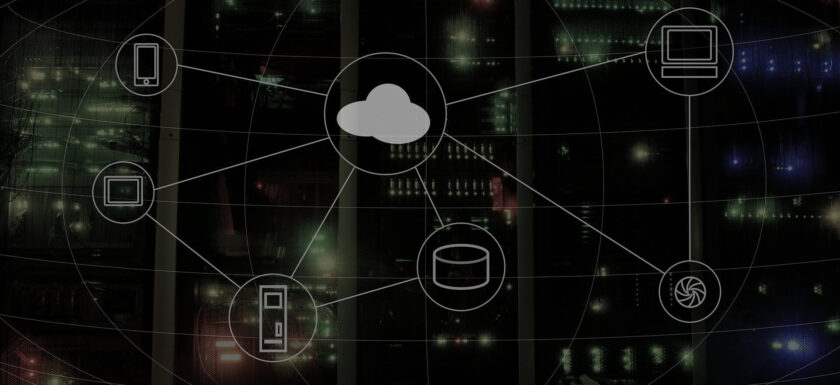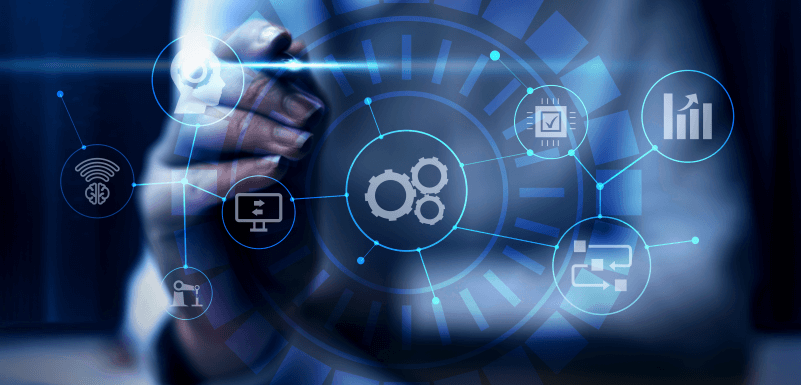Edge Computing vs. Cloud Computing
Some people consider edge computing and cloud computing one and the same thing. But there is a difference. As far as cloud computing is concerned, a public cloud vendor’s network stores all data and applications in large data centers. On the other hand, in edge computing, workloads are hosted in a relatively closer location to end users than a traditional data center. Edge computing is more about placing service provisioning, data, and intelligence closer to users and devices. The edge approach provides data processing closer to the source. That makes edge computing critical to things that require quick performance in real-time. On the other hand,Read More →






